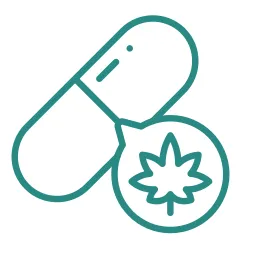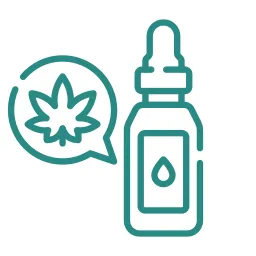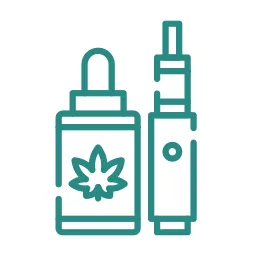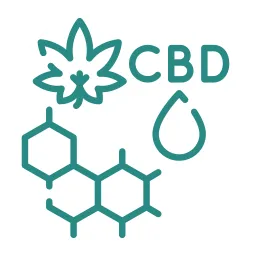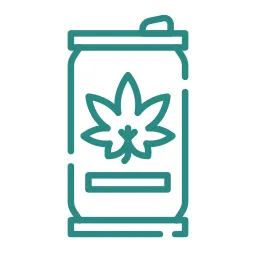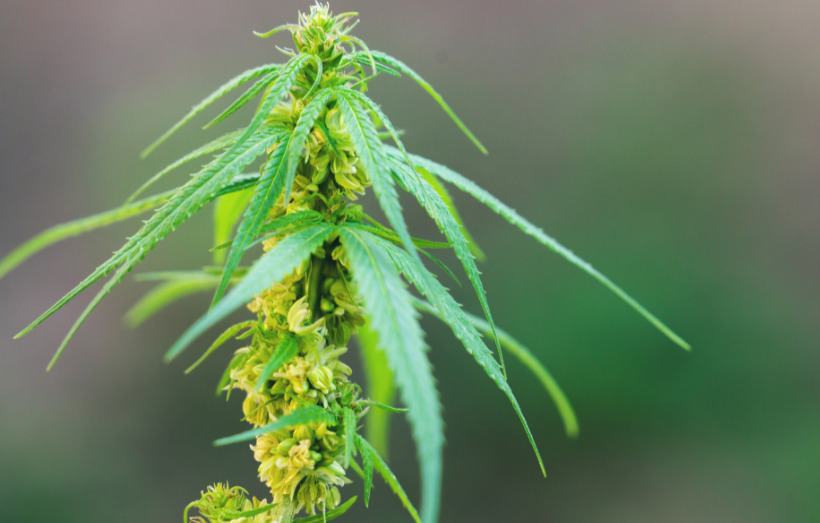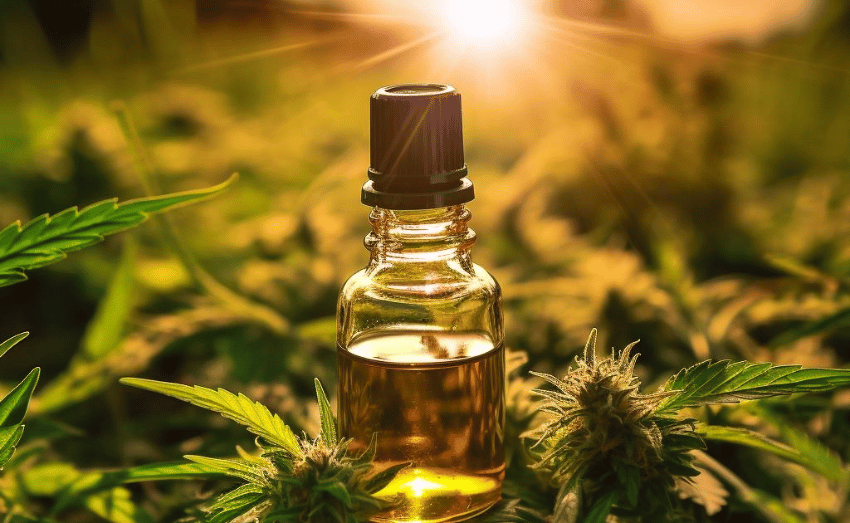There is no safer way of smoking weed, but there are methods that may be slightly less harmful than others.1 As the use of cannabis becomes more widespread, many users are looking for safer ways to consume it.
Understanding About Smoking Weed?
Smoking weed, also known as marijuana, involves inhaling the smoke released by the heat of burning cannabis flowers.2 The primary psychoactive element in cannabis is delta-9-tetrahydrocannabinol (THC), which induces the sensation of being “high.”
Smoking weed allows THC to rapidly enter your bloodstream through your lungs, from where it is transported to your brain and other parts of your body. The onset of effects can be swift, often felt within minutes, and persist for several hours. The duration and intensity of these effects can vary based on factors such as the type of weed used, the mode of use, and the user’s individual tolerance.
Safer Way Of Smoking Weed
Here are some safer ways to smoke weed:
Vaporizing
Vaporizing, also known as vaping, is viewed as a less harmful way to consume marijuana compared to smoking. In this process, the cannabis is heated to a point where its active components turn into vapor without reaching the point of combustion. As a result, you breathe in vapor rather than smoke, which is believed to be less damaging to your lungs.
Bongs
Using a bong for smoking cannabis can provide a more comfortable experience as it doesn’t produce intense heat from smoking rolled paper. However, despite the smoother sensation during inhalation, the impact on your lungs remains the same.
Joints and Blunts
Joints and blunts both involve the inhalation of smoke. However, joints might be a safer choice because blunts are created from emptied cigars, and the cigar material is highly toxic.
Dabbing
Dabbing provides a significantly higher amount of THC compared to other cannabis products, often up to 80 percent more. However, it’s important to understand that dabbing can lead to serious health consequences.
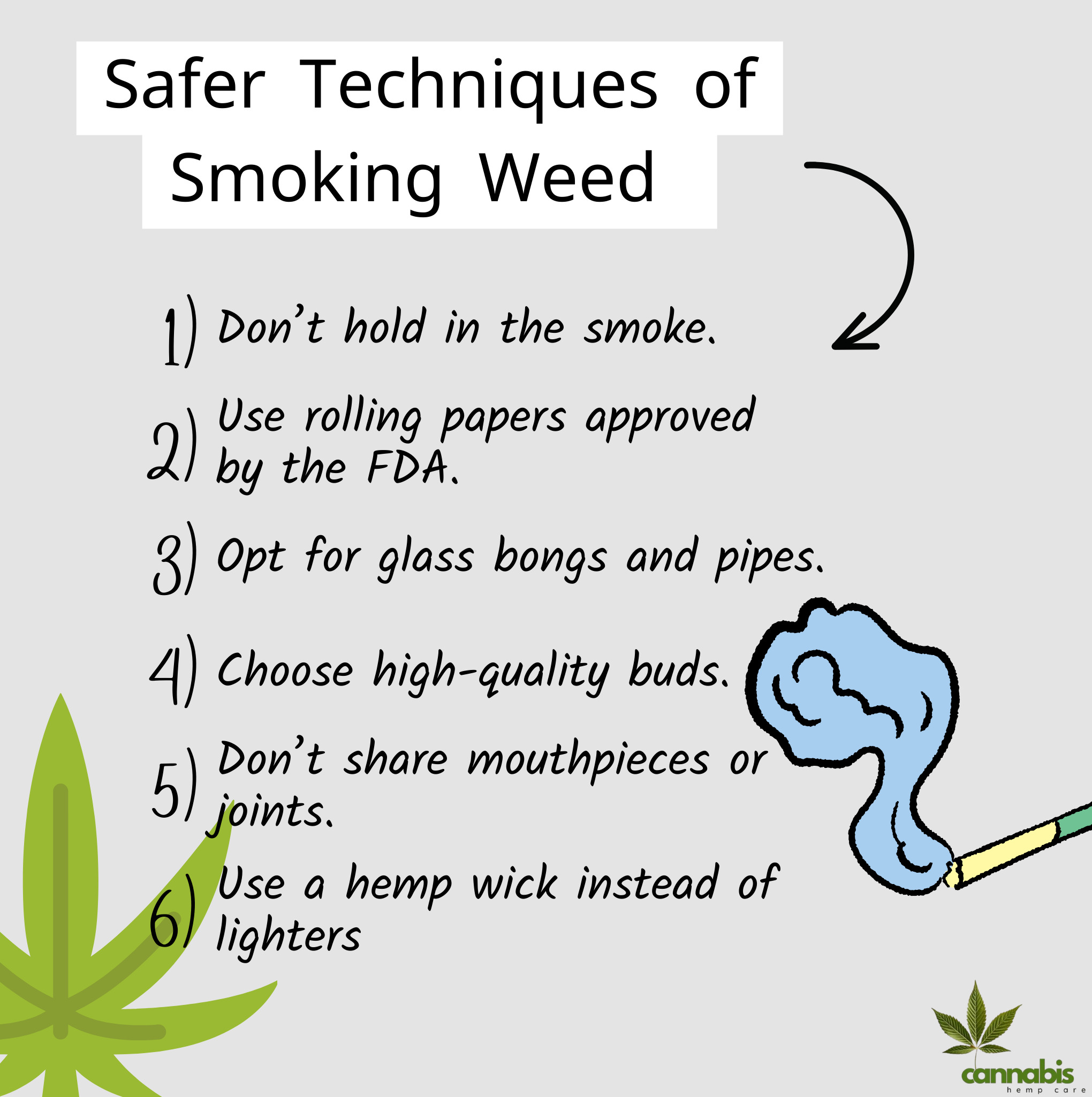
Safer Smoking Techniques
Here are some straightforward tips for safer smoking methods:
- Don’t hold in the smoke: Despite common misconceptions, holding in the smoke doesn’t significantly increase the high. It exposes you to small, harmful particles known as aromatic hydrocarbons.3
- Use rolling papers approved by the FDA: The US Food and Drug Administration (FDA) tests rolling papers to ensure they meet safety standards.
- Opt for glass bongs and pipes: These can offer a smoother smoking experience.
- Choose high-quality buds: Better-quality buds can enhance your smoking experience.
- Don’t share mouthpieces or joints: This can help avoid spreading germs.
- Use a hemp wick instead of lighters: Hemp wicks can offer a cleaner burn than lighters.
Benefits Of Smoking Weed
- Boost in Creativity: It is thought that cannabis can stimulate creativity and aid in overcoming obstacles to creative thinking. This is attributed to its potential to foster divergent thinking, a key aspect of creativity.
- Relief from Chronic Pain: Cannabis and cannabinoid-containing products are known to be effective in managing chronic pain.
- Assistance with Alcoholism and Drug Addiction: There is some indication that cannabis could aid individuals struggling with alcohol or opioid addiction.
- Mental Health Benefits: Initial research indicates that cannabis may be beneficial in addressing symptoms of certain mental health disorders, such as depression, post-traumatic stress disorder (PTSD), and social anxiety.4
- Additional Benefits: Cannabis has been found to potentially alleviate anxiety, reduce nausea and vomiting, and provide relief from migraines and seizures.

Risks Of Smoking Weed
Smoking weed, like any substance, comes with its own set of risks. Here are some potential risks associated with smoking weed:
- Addiction: About 10% of individuals who consume marijuana may develop an addiction. This risk increases to 16.7% for those who start using it before the age of 18.5
- Brain Health: Early use of marijuana can lead to a permanent reduction in IQ by up to 8 points. This loss in IQ is not reversible, even after discontinuing marijuana use.
- Mental Health: Research has found a correlation between marijuana use and mental health issues such as depression, anxiety, suicidal ideation, and psychotic episodes.
- Physical Performance: Studies indicate that marijuana can impair timing, movement, and coordination, negatively affecting athletic performance.
- Impaired Driving: Driving under the influence of marijuana can lead to dangerous outcomes due to slower reaction times, erratic lane changes, decreased coordination, and difficulty responding to road signals and sounds.
- Pregnancy Risks: Using marijuana during pregnancy can lead to complications such as restricted fetal growth, premature birth, stillbirth, and developmental issues in the brain.
- Life Impact: Marijuana use can have a negative impact on personal life. Research suggests that marijuana users are more likely to experience relationship issues, poor educational results, lower career success, and decreased life satisfaction.
- Respiratory Health: Prolonged use of marijuana can exacerbate respiratory conditions.
- Cardiovascular Effects: Regardless of the method of consumption, cannabis can cause immediate and long-term effects like altered perception and increased heart rate.
Precautions
- Avoid Smoking in Enclosed Spaces: Refrain from smoking marijuana in confined areas like cars.
- Secure Marijuana Products: Ensure food or drinks containing marijuana are stored out of children’s reach, preferably in a locked container.
- Safe Storage: Avoid storing food products infused with marijuana alongside your regular food items.
- Don’t Share Devices: If you smoke or vape cannabis, avoid sharing the equipment used.
- Limit Consumption: Think about reducing the quantity of marijuana you use.6
- Explore Other Options: Consider using non-smoking forms of marijuana, such as edibles.
- Be Mindful of Your Environment and Mood: The effects of marijuana can be influenced by various
factors, including the type of product used, your surroundings, and your emotional state. - Expect Different Outcomes: Be prepared for a variety of possible effects.
Always remember to use marijuana responsibly and seek advice from a healthcare professional.

Conclusion
Although there’s no completely safe way to smoke weed, certain practices can potentially minimize harm. These include vaping, using bongs, smoking joints, and dabbing. Each of these methods carries its own set of risks, so it’s crucial to be informed about them.
Adopting safer smoking techniques can also help reduce harm. These include not holding in smoke when you inhale, using rolling papers approved by the FDA, opting for glass bongs and pipes, selecting high-quality buds, refraining from sharing mouthpieces or joints, and using a hemp wick instead of lighters.
However, it’s important to remember that these techniques only aim to lessen harm and do not eliminate the risks associated with smoking weed. It’s always important to consume responsibly and be aware of the potential risks associated with smoking cannabis.
FAQs
Sources
- “A Healthier Way to Smoke Weed? Comparing Methods.” Healthline, 30 Apr. 2020, www.healthline.com/health/healthiest-way-to-smoke-weed#vaping. Accessed 19 Oct. 2023. ↩︎
- National Institute on Drug Abuse. “What Is Marijuana?” National Institute on Drug Abuse, July 2020, nida.nih.gov/publications/research-reports/marijuana/what-marijuana. Accessed 19 Oct. 2023. ↩︎
- Kirsh, Elana. “How to Smoke Weed Safer: 8 Science-Based Tips.” The Cannigma, 6 July 2023, cannigma.com/how-to/how-to-smoke-weed-safer-science-based-tips/. Accessed 19 Oct. 2023. ↩︎
- Railton, David. “What Are the Health Benefits and Risks of Cannabis?” Www.medicalnewstoday.com, 2 Aug. 2018, www.medicalnewstoday.com/articles/320984. Accessed 19 Oct. 2023. ↩︎
- SAMHSA. “Know the Risks of Marijuana | SAMHSA – Substance Abuse and Mental Health Services Administration.” Samhsa.gov, SAMHSA, 27 Feb. 2023, www.samhsa.gov/marijuana. Accessed 19 Oct. 2023. ↩︎
- “Smoking Weed with COVID-19: Tips for Use, Safety, Risks.” Healthline, 26 May 2023, www.healthline.com/health/smoking-weed-with-covid. Accessed 19 Oct. 2023. ↩︎




